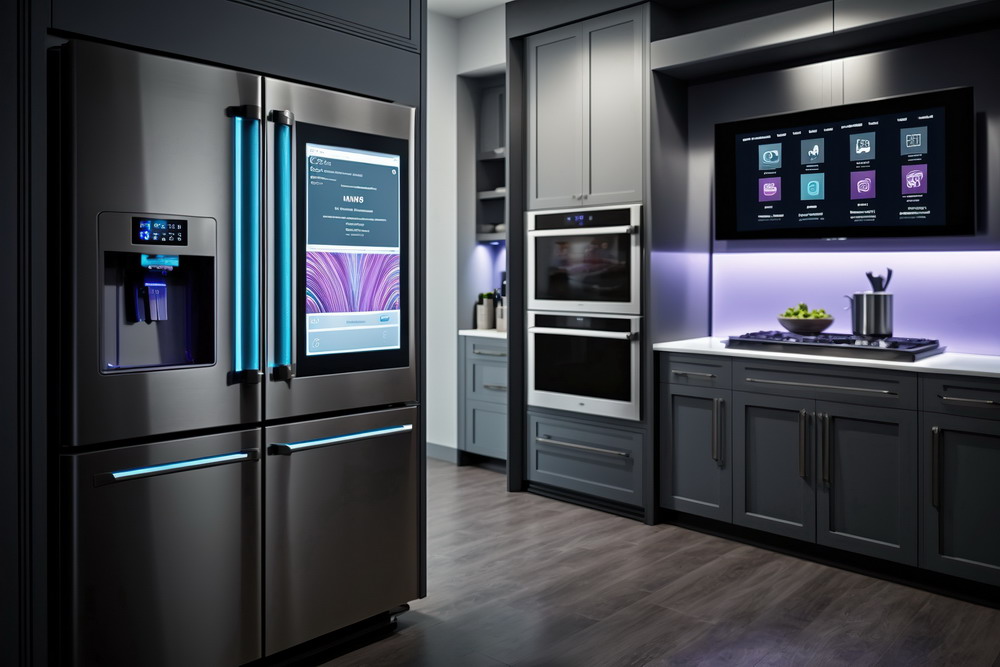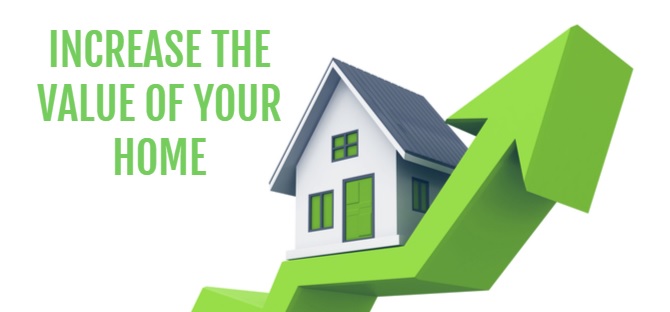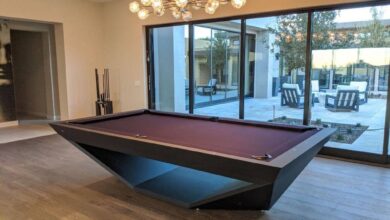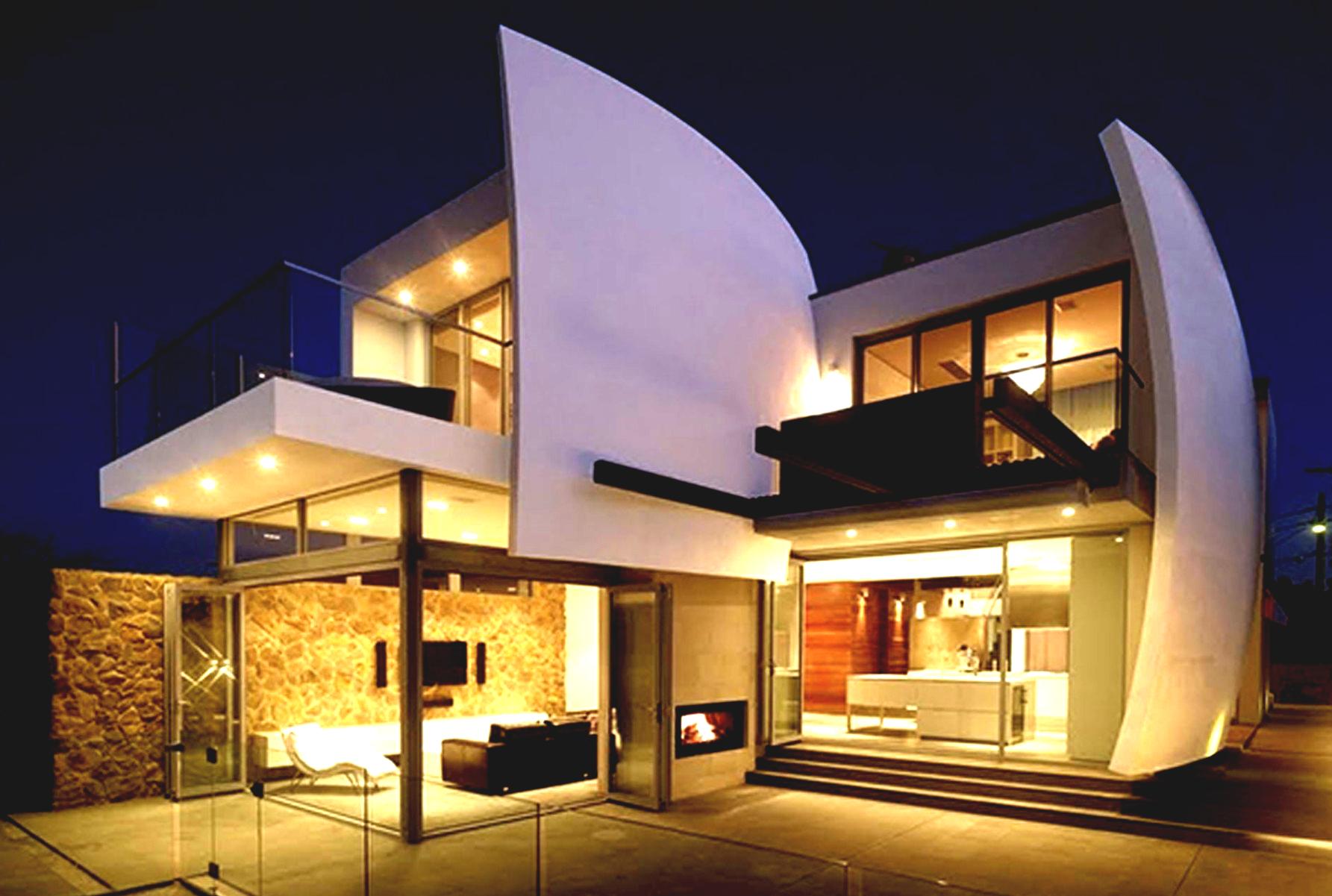Home Automation Doesn’t Have To Be a Luxury for the Wealthy

Are you old enough to remember the James Bond films of the 1970s and 80s? Back then, home automation was more of a dream than anything else. And yet it seemed like all the bad guys 007 faced had homes and offices fully equipped with all things automation. They were wealthy enough, thanks to their efforts in world domination, to afford such luxuries.
All of that was decades ago. It was also largely fiction. But things are different today. So much so that home automation doesn’t have to be a luxury confined to the wealthy. Even the average blue-collar worker can afford basic home automation by way of a smart speaker, smart thermostat, or automated lighting.
Home Automation and the Luxury Lifestyle
To be clear, this post was inspired by a recent piece published by CEOWorld Magazine. The piece discusses a number of automation packages and devices luxury homeowners can add to their homes. It is obviously aimed at the wealthy, given the magazine’s target audience. But guess what? CEOs are not the only ones delving into home automation.
The smart speaker is one of the most popular entry-level home automation devices in the market. As of 2022, some 95 million U.S. adults owned a smart speaker. In addition, 50% of them use their smart speakers daily. How many of them do you suspect are high-wealth individuals with C-suite jobs? Probably very few.
Home automation and the luxury lifestyle absolutely go hand-in-hand. When you have plenty of disposable income and an affinity for convenience, home automation makes a lot of sense. But thanks to cheaper electronics and the latest home automation technologies, consumers do not need to have millions in the bank to afford automation.
Popular Entry-Level Devices
Again, smart speakers are one of the most popular entry-level devices in home automation. They do not cost a whole lot. Setup is as simple as plugging the device in, connecting it to a Wi-Fi network, and learning some basic programming commands. Many smart speakers are capable of responding to basic voice commands right out of the box.
Two additional entry-level devices with strong market appeal include:
1. The Smart Thermostat
A smart thermostat is a programmable thermostat with a couple of additional features. First, it can be accessed remotely using a mobile app. Remote access allows for program overrides when plans change. Second, it can ‘learn’ a homeowner’s routine and then make adjustments accordingly.
2. The Video Doorbell
The video doorbell is both a home automation and security device. From the home automation perspective, it can be accessed remotely, just like a smart thermostat. Homeowners can view live video in real time while also communicating with visitors via onboard audio.
From the security perspective, a video doorbell makes it possible to identify visitors without having to open the door. Video doorbells also represent a way to deter crime by warning visitors as they approach.
Both types of devices are on the inventory list at Vivint Smart Home. As a nationwide provider of home security systems and automation devices, Vivint says that thermostats and video doorbell’s are among their most popular items.
Start Small and Build Up
Consumers can spend a ton of money to get complete home automation systems installed by professionals. Or they can start small and build up from there. Those who enjoy the luxury lifestyle may prefer to go all-in from the start. But for the rest of us blue-collar workers, starting with a single device and then adding to it is more feasible. That way, we can enjoy home automation, too.






